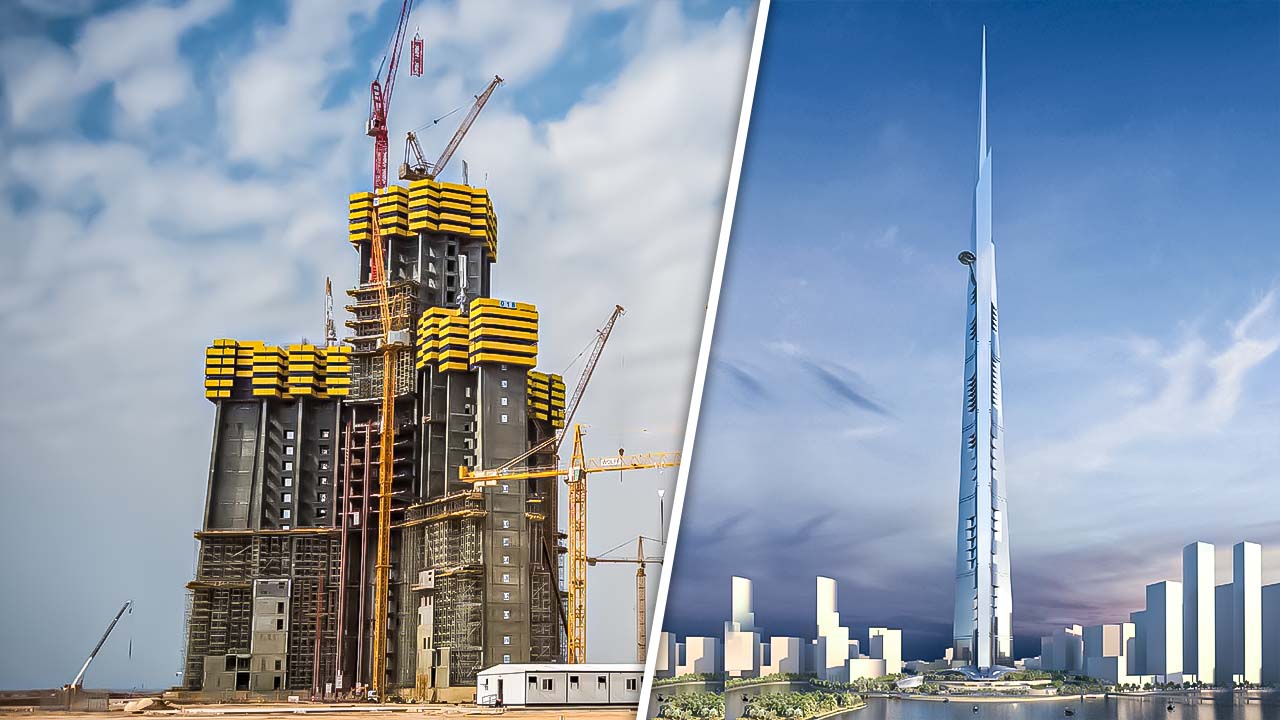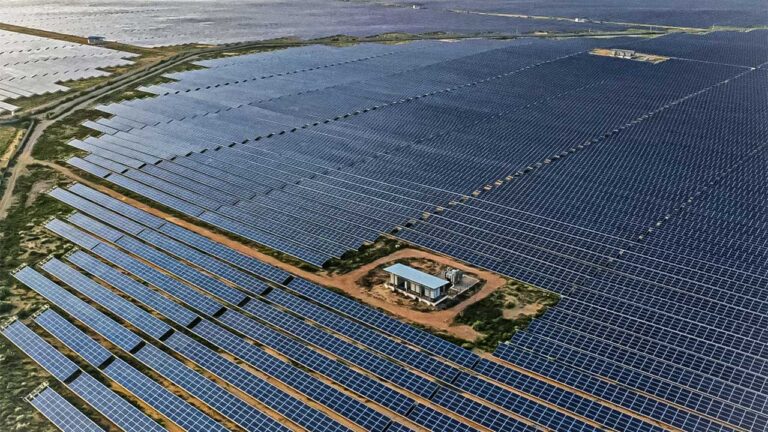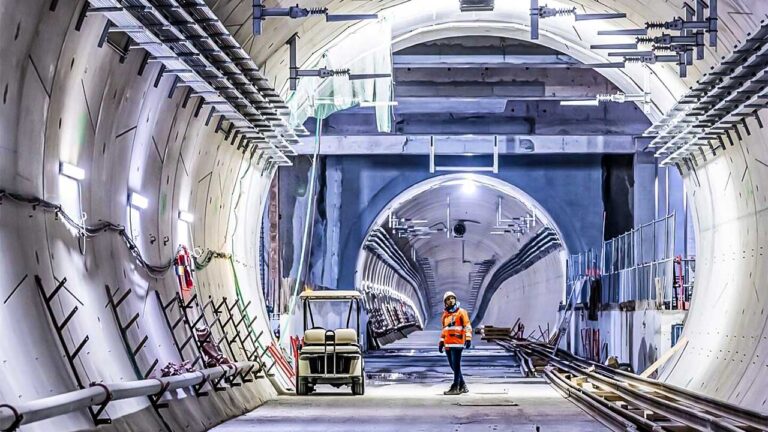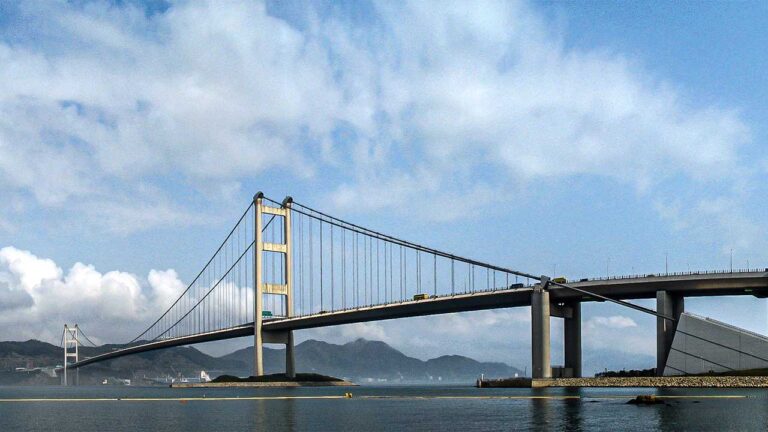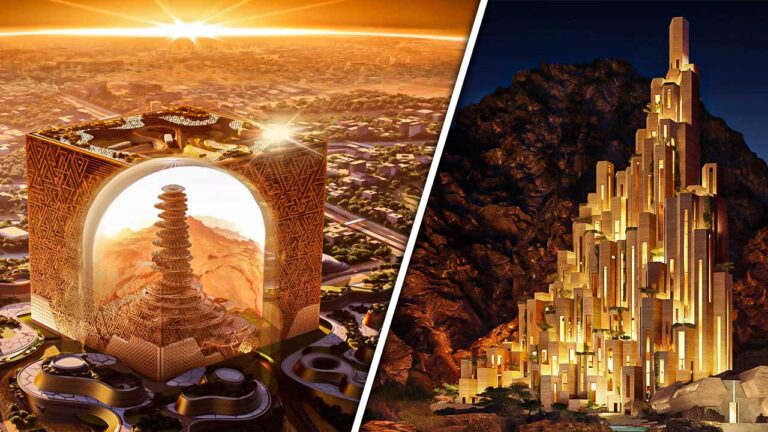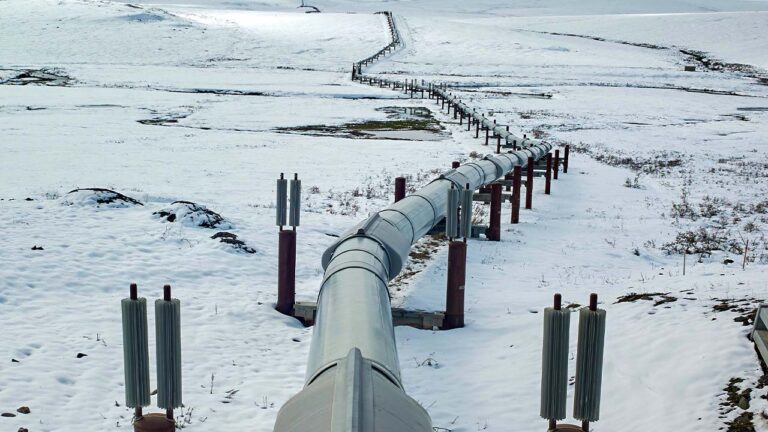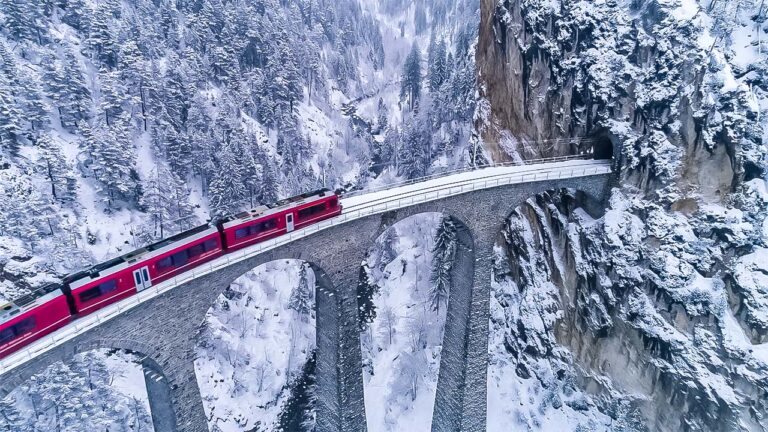Jeddah Tower – World’s Tallest Skyscraper Resumes Construction
After a decade of uncertainty and dormancy, the iconic Jeddah Tower in Saudi Arabia has made a remarkable resurgence in the headlines. Previously thought to be abandoned, this colossal project has rekindled its ambitions to surpass the reigning champion, the Burj Khalifa Tower in Dubai. Reports from various media outlets have recently confirmed the resumption of construction on this awe-inspiring structure, marking a significant step forward in the race to claim the title of the world’s tallest tower. The Jeddah Economic Company (JEC), the driving force behind this project, has taken decisive action by inviting bids from contractors, signaling that this monumental endeavor is now “back in full motion.” With the tender officially issued by Kingdom Holding Company’s CEO, Talal Ibrahim Almaiman, the Jeddah Tower aims to reach unprecedented heights in the world of architectural marvels.
Prior to the tender process, an independent assessment of the tower’s current state was conducted. The foundational and piling work for the tower is already complete, marking significant progress. Construction initially began in the early 2010s with the Saudi Binladin Group (SBG) as the primary contractor for the superstructure. Around one-third of the superstructure was completed during the initial phase, with Germany’s Bauer concluding the piling work.
The architectural design is overseen by the US-based firm Adrian Smith and Gordon Gill, with engineering consultancy provided by Lebanon’s Dar al-Handasah (Shair & Partners).
JEC’s ownership structure includes Kingdom Holding Company with a 40% stake, Bakhsh Group holding another 40%, and Sharbatly Group having a 20% share.
Jeddah Tower, formerly known as Kingdom Tower, is set to stand at over 1,000 meters (3,280 feet) and cover a total built area of 530,000 square meters (5.7 million square feet). It will be the centerpiece of the $20 billion Kingdom City development in Jeddah, Saudi Arabia, featuring a luxury hotel, office space, serviced apartments, luxury condominiums, and the world’s highest observatory. Designed to be at least 173 meters (568 feet) taller than the Burj Khalifa, it embraces a highly technological and organic design, symbolizing growth and development.
Also Read: Afghanistan is Building Qosh Tepa Canal the Largest Manmade River in the Desert
Jeddah Tower is committed to green building practices, incorporating innovative technology and materials to minimize energy consumption. Notable design elements include shadow-creating notches and outdoor terraces offering panoramic views. The tower complex will house 59 elevators, including the world’s highest observatory, a unique feature at level 157, and a sky terrace open to the public.
In 2008, plans for the Jeddah Tower, a massive skyscraper aiming to reach one kilometer in height, faced a setback due to doubts about the ground’s suitability for such a tall building. There were reports that the tower might be scaled back by as much as 500 meters.
Despite these challenges, there were promises to begin construction as early as 2008, with hopes of completion by 2017 or even late 2016 if everything went smoothly.
However, the global financial crisis of 2008-2009 caused further uncertainties, with reports suggesting that the project was on hold, and the initial engineering firm, Bechtel, considering leaving. The Kingdom Holding Company, the project’s sponsor, denied these reports, emphasizing their commitment to the ambitious project.
The Jeddah Tower, also known as the Kingdom Tower, remains shrouded in mystery regarding its exact height. Nevertheless, expectations run high, with experts predicting it will ascend at least 1007 meters above the bustling port city of Jeddah. Middle East business intelligence sources have disclosed that multiple companies have been approached to take charge of this monumental Megaproject. Notably, among the companies mentioned in media reports are the Swedish construction powerhouse, Skanska, and Samsung’s Korean engineering and construction subsidiary.
Despite the renewed hope and buzz surrounding the Jeddah Tower’s revival, the prospect of its completion is fraught with uncertainties. The ambition to eclipse the symbolic 1-kilometer height mark presents an unprecedented challenge in the annals of construction history. Standing at the crossroads between ambition and reality, this project confronts a multitude of formidable obstacles, leaving many industry professionals pondering its feasibility.
The Jeddah Tower is an awe-inspiring architectural feat that aims to rise higher than three Eiffel Towers stacked on top of each other and weigh as much as the Golden Gate Bridge. To create a stable foundation for this colossal structure, the architects led by Adrian Smith devised an innovative asymmetrical Y-shaped design reminiscent of the Burj Khalifa. This tripod shape offers exceptional stability and minimizes the amount of materials required. Extensive geological studies were conducted to determine the optimal depth for anchoring the tower, leading to the installation of 270 high-performance concrete pillars, some as deep as 110 meters.
Choosing the right materials posed another challenge. While traditional concrete is cost-effective, high-performance concrete would have been ideal, but it requires specialized workers. To overcome the difficulty of transporting concrete to great heights, the upper sections of megatall skyscrapers are often made of steel. Similarly, the Jeddah Tower’s upper section, including a massive 350-meter ornamental spire and the world’s highest observation deck, will be constructed from steel.
Wind resistance is a critical factor in designing tall buildings. The architects and engineers used computer simulations to model how the tower would handle strong winds. The results showed that the top of the tower could move up to 2 meters in strong winds, but this was considered acceptable for both the tower’s structure and the comfort of its occupants.
Also Read: Merdeka 118 World’s Second Tallest Skyscraper Ready to Open
Energy efficiency was also a top priority, especially in the hot climate of Saudi Arabia. To regulate the building’s temperature, the architects designed the tower to create shadows, protecting it from the sun’s heat. They also used special glass to insulate the building, reducing the need for air conditioning.
The Jeddah Tower will be like a bustling vertical city, covering a vast area of 530,000 square meters and stretching across 167 floors. To ensure smooth mobility within this megastructure, a fleet of 59 high-speed elevators has been planned. These elevators will zoom at speeds of up to 10 meters per second, a design that minimizes discomfort during acceleration. Remarkably, it will take only 98 seconds, including loading time, to reach the tower’s top floors, thanks to heavy-duty cables made of advanced carbon fiber. These cables, lighter and more durable than traditional steel ones, can stretch over 600 meters. With this technology, each elevator can carry 26 people, equivalent to a 2-ton load. To put it in perspective, traditional steel cables would require lifting 27 tons, roughly the weight of a truck.
The Jeddah Tower embodies a quest to set a new world record as the tallest skyscraper globally, reflecting the unyielding ambition of today’s architects and builders. However, as we push the limits of architectural prowess, questions arise about whether these records will continue indefinitely. Some experts, like French high-rise specialist Jerome Quievreux, raise valid concerns. Building above 1,500 meters could swiftly become an immensely complex or even impossible endeavor. Beyond finding ultra-solid ground to anchor such colossal towers, securing the necessary financial resources becomes a monumental challenge. The Burj Khalifa serves as a testament to the staggering resources required for such heights, with a construction cost exceeding $1.5 billion, a workforce peaking at 22 million man-hours, and energy demands equivalent to a city of 880,000 inhabitants during peak times. Even cleaning its vast 120,000 square meters of glass facades takes an astounding four months.
While the desire to set new records in skyscraper heights remains strong, many companies may hesitate due to the substantial financial commitments involved. Nevertheless, if the race to the sky continues, it is most likely to be in the Middle East and Asia, where fierce competition between these regions fuels the fervor for these mega-projects. These ambitious undertakings are set to captivate the world for decades to come.
